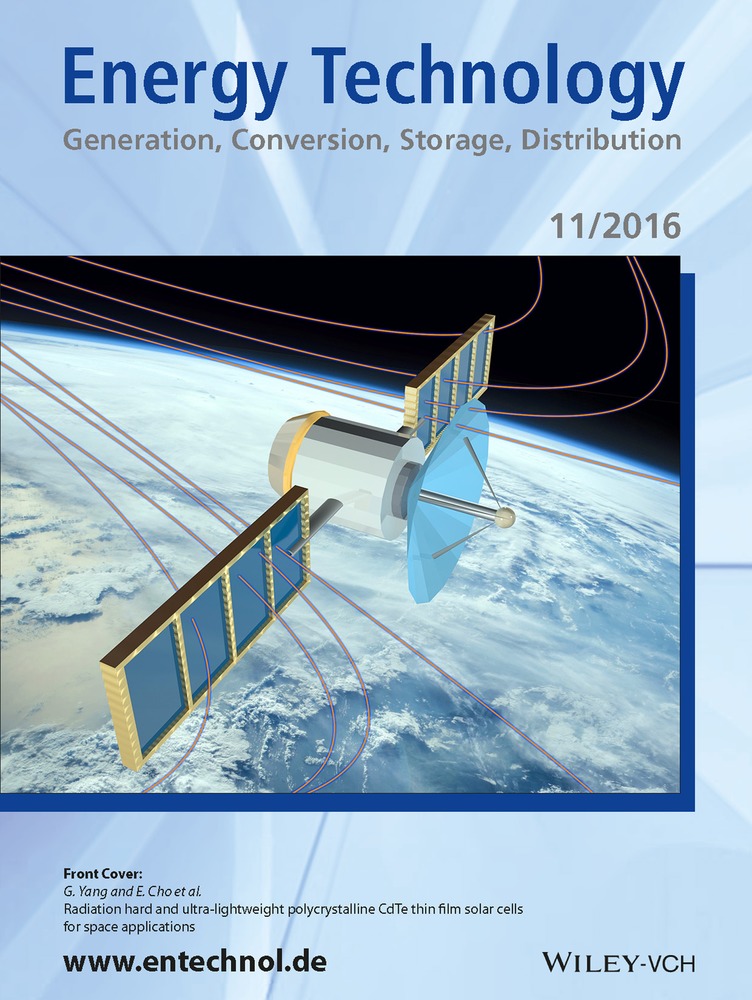Characteristics of Methane Adsorption in Micro–Mesoporous Carbons at Low and Ultra-High Pressure
Abstract
Adsorbed natural gas (ANG) provides a better alternative for onboard storage of methane. We have measured methane adsorption at low pressure (∼1 bar) and ultrahigh pressure (∼400 bar) for three different micro-mesoporous carbons. The highest methane uptake was below 70 % in near-ambient temperature and 400 bar, or 25 % at 35 bar. Although gravimetric uptake is lower than the Department of Energy (DoE) target, a comparative study suggests that this adsorption amount is higher than that of most of the metal–organic frameworks (MOFs) and all covalent–organic frameworks (COFs). The highest volumetric methane uptake was above 500 v/v at ca. 400 bar or ∼200 v/v at 35 bar (293 K), which exceeded the DoE volumetric target for methane storage and is higher than most MOFs and COFs. Heat of adsorption values are within the range of 38 to 21 kJ mol−1 in the low-adsorption regime, higher than most MOFs or COFs. The overall results suggest that carbon-based adsorbents still remain the most promising adsorbents for the ANG process.




